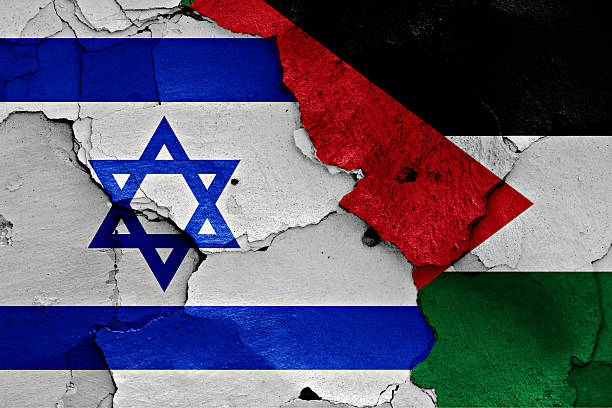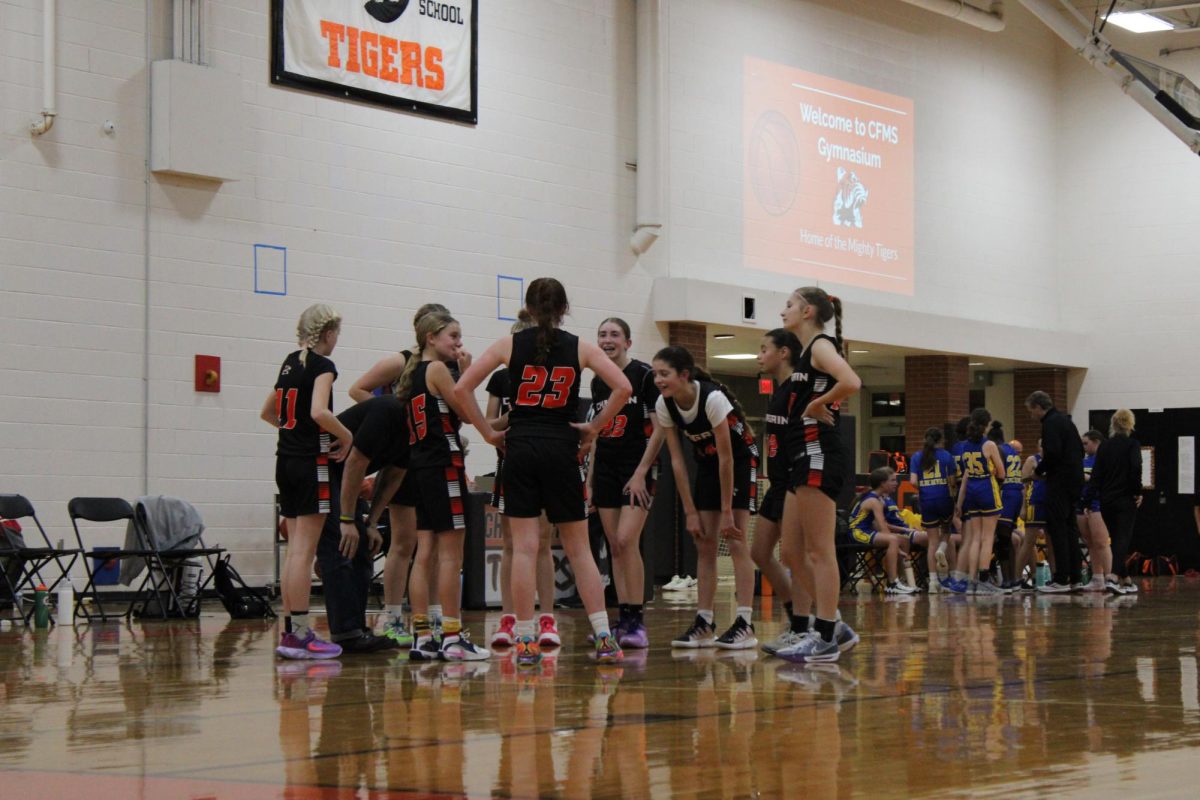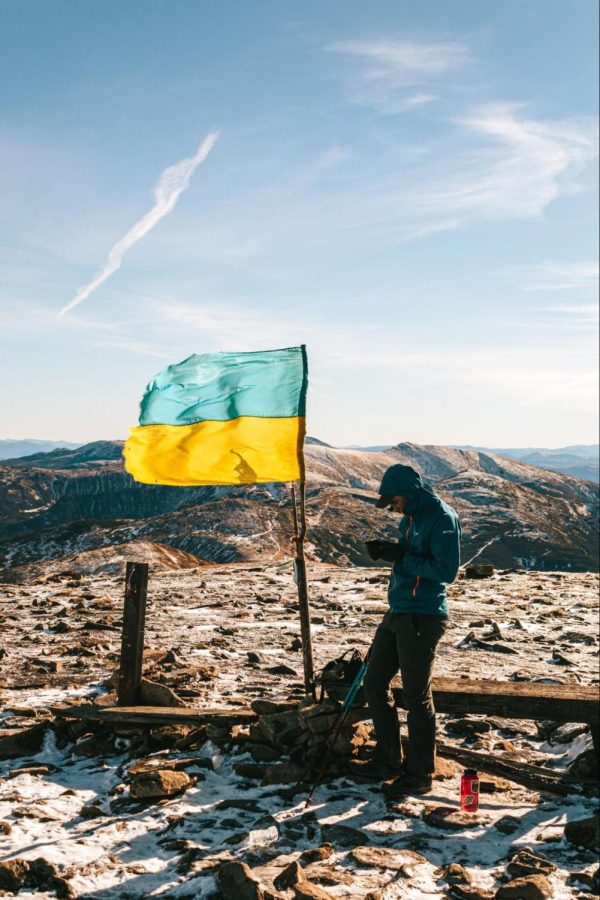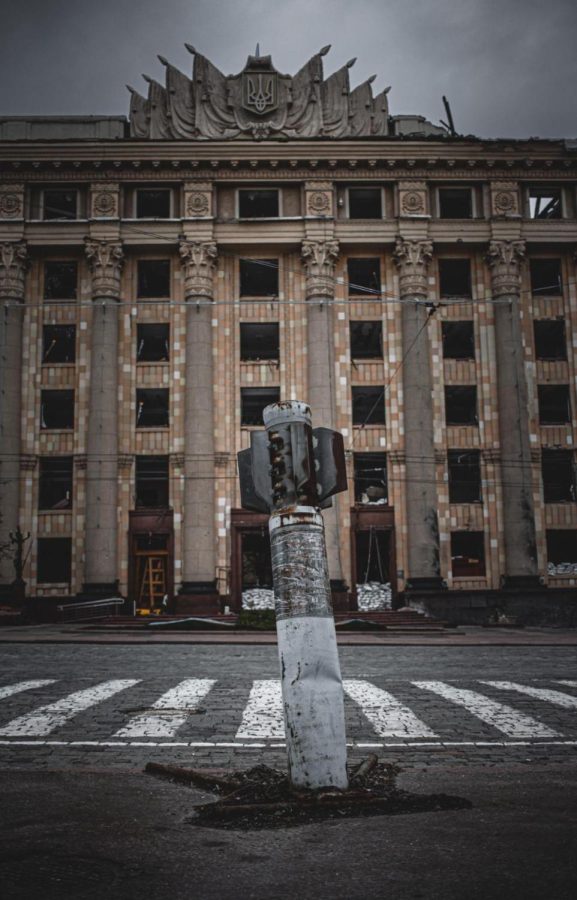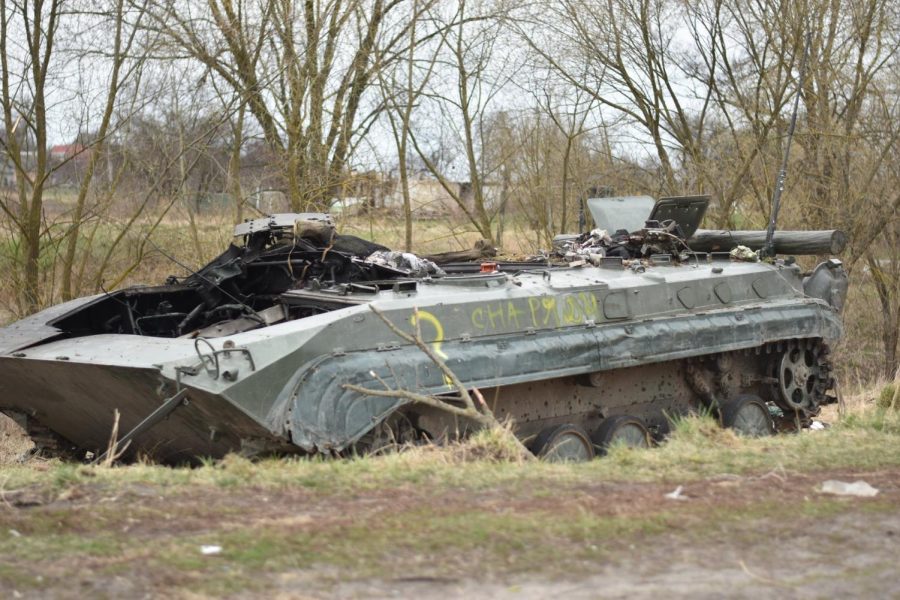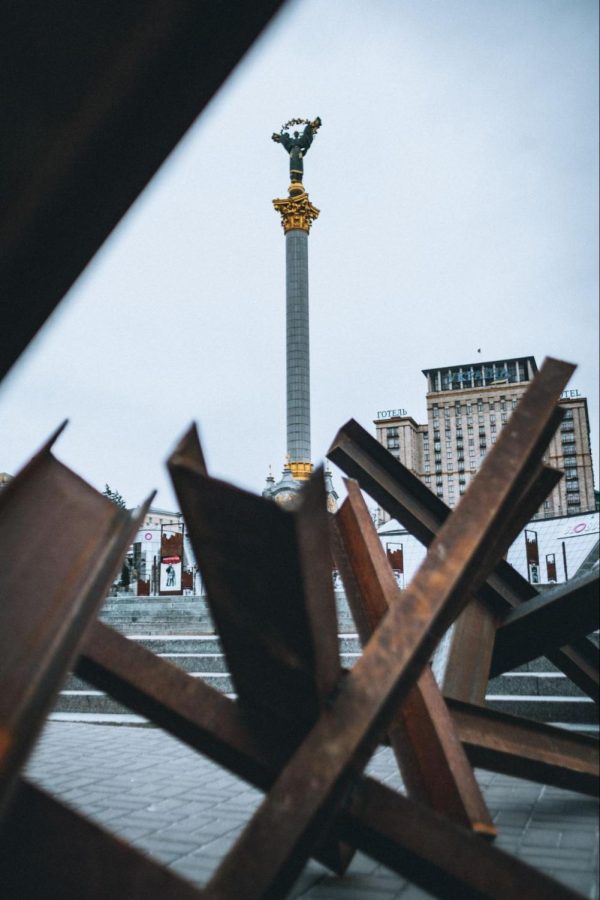The Lead Up to the Israel-Palestine Conflict
And its History
The Rise of Israel: 1900-1947
Before all of the conflicts between Israel and the Arabs, the region of Israel was owned by the Ottoman Empire. Before the Ottoman Empire, the region would switch ownership by many kingdoms over thousands of years and by multiple religions. But, by the 1600s the Ottomans took over the region of Judea (Modern Day Israel). The British claimed the territory after their victory in World War One (1914-1918) with other territories like Jordan and Iraq. They eventually named the territory of Jordan and Palestine “Transjordan”.
During this period of British rule there was a rise of Zionism. Zionism is the belief that the Jews will someday regain the holy lands of Israel. These people were called Zionists, and their ideas grew to fame during this period. Especially in the British government and American President Woodrow Wilson. The British ended up making the British Mandate, or ‘Palestine Mandate’ making the region of Palestine independent from Transjordan. Throughout the 20s and 30s swarms of Zionists flooded into Palestine.
During the rise of Nazism (1933-1939) in Germany and eventually World War Two (1939-1945), even more Jews arrived in Palestine. After the victory in Europe and discovery of the Holocaust, the British finally decided to work with the Zionists ideas. In 1947 the British started to build up Israel by giving them their own government, and also divided Palestine into segments between Jewish and Arab living sectors. The British gave 55% of the territory to the Jews, who were less than a third of the population at this point. Palestinian Arabs were eventually forced out of their homes by the British and League of Nations (Eventually U.N. in 1949 “United Nations”) forces (“Israeli-Palestinian Conflict”).
The First Israeli-Arab War: 1948-1949
On May 18th 1948, the State of Israel was created, the same day a coalition (A group of nations fighting for a goal) of Arab nations led by Egypt consisted of Syria, Lebanon, Iraq, and Jordan with the intent of eradicating Israel. With the help of Pro-Palestinian rebels that later became the PLO were seen throughout the conflict fighting against the Israeli army alongside the Arab nations. The war lasted until November of 1949 with an armistice. Jordan and Egypt ended up gaining the West Bank which is now Eastern Israel/Modern Palestine and then the Gaza Strip which is now Southwestern Israel/Modern Hamas (“Israeli-Palestinian Conflict.”; Office of the Historian)
Build up to the Six Days War: 1950-1966
In 1956 there was an agreement made by Israel and Egypt demilitarizing the Sinai Peninsula. In 1964 a group of Palestinians formed a Pro-Palestinian movement called the PLO. The PLO got involved with terrorist attacks and direct combat with Israeli Forces with the intent of eradicating Israel (“Six Day War.”; “Israeli-Palestinian Conflict.”).
The Six Days War: 1967
In May of 1967, The Soviet Union gave an accidental transmission of a possible attack from Israel against Syria. Egyptian leader Gamal Abdel Nasser would put troops into the Sinai Peninsula, breaking the treaty with Israel to prepare to help Syria. He even went as far as to blockade Israeli shipping lanes at the Strait of Tiran. Israel did not take this lightly. So, on June 5th Israel responded with air attacks against Egypt destroying over 300 aircraft while Egyptian pilots weren’t expecting it. Due to this attack Egypt, Lebanon, Syria, Jordan, and Iraq all declared war on the State of Israel.
In the south, Israel was mostly offensive. Israel in the six days of conflict pushed into the Gaza Strip and eventually the entirety of the Peninsula.
In the North, Israel attacked Syria in the Golan Heights. Syria had heavy artillery emplacements in the region that had been shelling Israeli fortifications since day 1. Israel sent their armored divisions with M-51 Super Sherman Medium Tanks with their specialized 105mm guns to take out the Syrian artillery guns. The Syrian army responded with the usage of old Soviet and German World War Two tanks, with the highest caliber at 85mm, rarely 122mm IS-2 Heavy Tanks (Iosef Stalin 2nd Model). The Israelis quickly destroyed the guns and kicked Syria out of the war.
In the West Bank, Israel hoped that Jordan wouldn’t get involved in the war, but they did. Jordan after the attack against Egypt launched airstrikes against Israeli cities and airfields right after the war started, but many of Jordan’s aircraft were shot down by Israeli fighters and anti-aircraft. Israel fought back against Jordan trying to take the entirety of Jerusalem since it was disputed East and West. Jordan defended strongly against the Israeli assault, halting it. Israel sent armored divisions south of Jerusalem to take the city of Nazareth which would help with the surrounding of Jerusalem. They also decided to drop paratroopers behind the Jordan troops in Jerusalem and quickly took the East half of the city, taking Jerusalem. The Israelis kept pushing and eventually kicked Jordan out of the West Bank reclaiming it. On June 11th, the Arab coalition made peace with Israel, allowing them to take the Gaza Strip, West Bank, the Golan Heights and even the Sinai Peninsula.
The United States didn’t seek a lot of support for Israel during the conflict however. The reasoning behind this was an extremely controversial attack by Israeli air forces against the American USS Liberty War Ship off the coast of the Sinai. In the attack around 34 crewmembers were killed by Israeli jets dropping napalm and other forms of weapons. Israeli torpedo boats also attacked the USS Liberty, but soon after a torpedo hit the ship, they realized it was American. The warship ended up escaping and making it back to the fleet (Six-Day War (1967); “Six Day War”; “Israeli-Palestinian Conflict”).
The Yom-Kippur War: 1973
After the events of the Six Days War Israel built fortifications on the border of the Suez Canal. By 1973 the new Egyptian leader, Anwar As-Sadat, was threatened by Israel’s decision to militarize the border in an attempt to make peace. They requested Israel to pull away at least 32 kilometers from the Suez. Israel denied this. Sadat met with Syrian officials to come up with a plan to regain their territory from the Six Days War.
So, on the holiest holiday of the Jewish calendar, ‘Yom Kippur’ (October 6th), the Egyptians launched a surprise attack with over 200 aircraft bombing the fortifications on the Israeli side of the Suez. 40 of the 200 were destroyed from air to air combat and SAMs (Surface to Air Missiles). At the same time, 2 Egyptian bombers fired hellfire missiles into the capital city of Tel Aviv. After the air assault, over 2,000 artillery guns opened up at least 10,500 shells onto the Israeli forces on the other side of the Suez.
After the heavy bombardment, 5 infantry, 2 armored, and 3 motorized Egyptian divisions entered Israel over Soviet-built tanks that lowered bridges across the Suez. In the next few days, Egypt formed a defensive line and prepared for Israeli tanks to show up.
In instinct, Israel raised their forces and sent tanks to fight back against the Egyptians, but were held off and took heavy casualties. But, in the next few days Israeli forces built up a counter attack and cut through the Egyptian line and sliced it in half. The Israeli air force also destroyed around 80 Egyptian tanks, mauling the central Egyptian force. Israeli soldiers and tanks started to swarm into Egypt, forcing Egyptian troops to fall back to defend their territory. Eventually the Egyptians would make peace with Israel due to the insane turn around.
Just like in the South, the North Israel built fortifications on the border of Syria in the Golan Heights. This consisted of 17 strong points called ‘mutvazim’, anti-tank ditches, and many other obstacles. Each fortification was defended by 10-30 soldiers, with all the necessities to take on an entire army. The Northern Golan Heights were much less defended as it was all mountains. This was a bad place for tanks. Israel placed most of their defenses in the Southern Golan Heights as it was much more flat and much more possible for a Syrian assault.
In response to the threatening defenses built by Israel, Syria placed over 40,000 soldiers onto the border, while only about 200 Israelis were defending the Golan Heights. In terms of armored capabilities, Syria had over 1,400 tanks consisting of T-54s, T-55s, and the new mighty T-62 all from the Soviet Union. Israel had 177 Centurion Mk.3s (Called “Sho’t” by Israel) tanks from the United Kingdom and a few M48 Pattons (Called “Magach-3” by Israel) tanks from the United States. The Syrians also placed newly purchased Soviet anti-aircraft missiles (SCUDs) across the border which would be devastating against Israeli fighter jets.
At about 1:45 PM on October 6th 1973 just before Egyptian forces crossed the Suez Canal, Israeli spotters on top of Mount Hermon in the mountainous region of the Golan Heights spotted Syrian camouflage net covers being reeled off of 115 artillery guns. Moments after the report, a 50 minute artillery barrage was carried out onto the Israeli fortifications. Air strikes were also carried out by Syrian MiG-23 fighter jets that targeted Israeli command centers. By 3:00 PM Israeli Centurions began to arrive into their defensive positions. Syria was sending the 5th, 7th, and 9th Armored Divisions, but because of the unfriendly terrain they began to get disorganized and slowed down. Well positioned Israeli tanks easily picked off the disorganized Syrian tanks from up to 2,000 meters. In the Northern Golan Heights, the Israelis called the Battle of Booster Ridge the ‘Vale of Tears’ because of the graveyard of Syrian T-55 tanks.
Because of the huge weight of Syria’s numbers, Israel sent more infantry to the Golan Heights to support the extremely outnumbered force of 15:1. To make it worse, Syrian mountain commandos climbed to the top of Mount Hermon and claimed the spotting outpost. Israel tried retaking the position but failed with heavy casualties, taking the viewpoint of Israel’s army.
By night, the Syrian forces broke through the Israeli line in the south and were pushing forward. In only about a few hours the Syrians were pushing deeper into Israel and eventually the heartland. In extreme contrast, the Syrian forces in the “Vale of Tears” were trying to push through once again, but they failed. Even with the advantage of night vision they were still unable to break the Israeli line.
The next day, Israel tried to counter attack with the usage of air support to try and buy time to rebuild their forces. They lost 23 aircraft from the Syrian SAM batteries though. After 16 since the start of the war, Israel had prepared a full counter offensive. On October 8th the Israeli forces in the south started the attack and soonly the other Israeli troops in the north and east soonly closed in on the Syrian advance. Syria fell back and went to their starting positions. By the 10th of October, not a single Syrian unit was in Israel.
Israel eventually had a decision to make. Focus on defending against Egypt, or attack Syria towards their capital in Damascus. Israel decided to continue into Syria, close enough to bombard Damascus with artillery, but not enough for the Soviet Union to join the conflict. Israeli air support was also able to attack Syrian forces due to many of the Syrian SAMs being destroyed or damaged. Israeli forces in the North of the Golan Heights started to cross into Syria and made quick ground, holding off Syrian armored counter offensives.
2 hours after the success, the Southern forces crossed into Syria, but were quickly halted. The North group eventually connected with the South and together pushed the Syrians back. By the 11th, Iraqi forces started to arrive in the help of Syria, but fell for a trap and got surrounded by Israeli forces. Iraq lost over 80 tanks, while Israel didn’t even suffer a hit. By the 17th, Israel pushed even deeper and started to shell Damascus. Syria quickly surrendered out of fear of losing the city. Israel gained Mount Hermon back and even more of the Golan Heights from Syria.
On October 25th 1973 the Arabs surrendered to Israel, Israel gained territory in the Golan Heights and brutally embarrassed the Arab nations. Even though Israel was victorious, the Israeli people were still shocked by the success of Egyptian and Syrian forces in the early stages of the war (Yom Kippur; Yom-Kippur War 1973).
Years after the war, Egypt would eventually recognize the State of Israel in 1979. Israel gave back the Peninsula of Sinai back to Egypt as thanks. Afterwards in 1994 Jordan would recognize Israel deeply improving the relations in the Middle East.
The Rise of Terrorism: 1970s-2011
In 1987, Palestinian youth started to protest against the Israelis, this was called the First Intifada. It was relatively peaceful, but some threatening riot fires were made. Israel responded with mass arrests against the Palestinians and even sending soldiers to crack down on the protests. The unrest ended in 1993 with the Treaty of Oslo. Due to the treaty, Palestine was now freely able to govern itself but not as its own independent state. The new government was the PNA (Palestinian National Authority).
In 2000, the Second Intifada began. Just like the last one, it started out peaceful. But, the PLO decided to get involved this time. The PLO started to carry out attacks against Israel including suicide bombings and other forms of terrorism. By 2004, the PLO leader Yasser Arafat was killed by Israeli forces, many historians believed this was the end of the Second Intifada, others believe it ended in 2008 when the unrest decreased. No matter what you believe, the problems of the Second Intifada weren’t over in 2004. By 2005 Israeli civilians were evacuated from the Gaza Strip and destroyed their settlements.
In 2006, the Palestinians chose the Anti-Israel organization of Hamas to lead their parliamentary representation. The United States declared Hamas as a terrorist organization due to its inhumane attacks against Israel. Throughout the period of war and unrest, there were peace talks between Palestine and Israel, but the PLO and Hamas’ attacks erased the possibility of peace and increased the tensions.
Palestinian President Mahmoud Abbas went to the United Nations in 2011 and sought recognition as an independent state. The United States President Barack Obama however, threatened to veto or refuse any recognition of Palestine. So the United Nations eventually gave Palestine Observer Status but not the statehood they desired (“Israeli-Palestinian Conflict”).
The Coming of War: 2012-2023
Israel started to rebuild settlements in the Gaza Strip to try and improve relations. But due to the refused statehood of Palestine, Hamas fighters began border skirmishes with Israel all the way until 2014 endangering many of these civilians. In 2017, President Donald Trump recognized the city of Jerusalem as the capital of Israel, which was disputed by Israeli and Palestinian soldiers. Donald Trump also planned to move the United States Embassy from Tel Aviv to Jerusalem, destroying relations with Palestinians in the region. The Embassy was eventually finished on May 18th 2018 and instantly attracted protests from Palestinians ending up with over 60 people killed and thousands injured.
In September of 2020, President Joe Biden hosted a meeting between Israel and the UAE (United Arab Emirates) leading to the UAE being the third Arab country to recognize Israel. Egypt and Jordan both recognized Israel before, Egypt in 1979 and Jordan in 1994. After the UAE recognized Israel, Bahrain, Sudan, and Morocco all officially recognized Israel as well. The Palestinians were furious and called this betrayal.
Between the years 2021-2023, tensions rose even higher. Palestinians were getting evicted from their homes in the West Bank, and then those homes were getting destroyed. There were also instances of Israeli border guards shooting at Palestinian children. The PNA started to heavily lose support, and the Palestinians decided they were going to grow towards a violent response. The Palestinians Islamic Jihad was increasing in support which had relations with Iran. Due to all of this, the Israeli Prime Minister Netanyahu was forced from his position in June of 2021.
Israel eventually tried to solve the situation by taking over administration of the West Bank and repealing the law allowing Palestinians homes to be legally torn down without reasoning. Israel also pulled troops out of the Gaza Strip and punished soldiers who disobeyed the order (“Israeli-Palestinian Conflict”).
The Israel-Hamas War: 2023
Even with all of these ways Israel tried to increase peace, Hamas launched a surprise attack against Israel on October 7th 2023 using around 5,000 rockets, hang gliders, and terrorism. United States President Joe Biden made a pledge to defend Israel against Hamas just days after the attack. The United Nations also quickly grew a hold of the situation and decided to call for humanitarian aid for Palestinian civilians, but also denounced the acts of Hamas attacking innocent Israelis (“Israeli-Palestinian Conflict”).
Works Cited
“Israeli-Palestinian Conflict.” Gale Global Issues Online Collection, Gale, 2023. Gale in Context: Global Issues, link.gale.com/apps/doc/CP3208520243/GIC?u=chag15532&sid=bookmark-GIC&xid=010ab077. Accessed 31 Oct. 2023.
Office of the Historian. history.state.gov/milestones/1945-1952/arab-israeli-war.
“Six Day War.” Gale Encyclopedia of U.S. History: War, Gale, 2009. Gale in Context: Global Issues, link.gale.com/apps/doc/EJ3048500254/GIC?u=chag15532&sid=bookmark-GIC&xid=4d808edc. Accessed 2 Nov. 2023.
Six-Day War (1967). Directed by Kings And Generals, YouTube, 2018.
Yom Kippur War 1973 – Golan Heights Front. Directed by Kings And Generals, YouTube, 2020.
Yom-Kippur War 1967 – Southern Front. Directed by Kings And Generals, YouTube, 2020.
